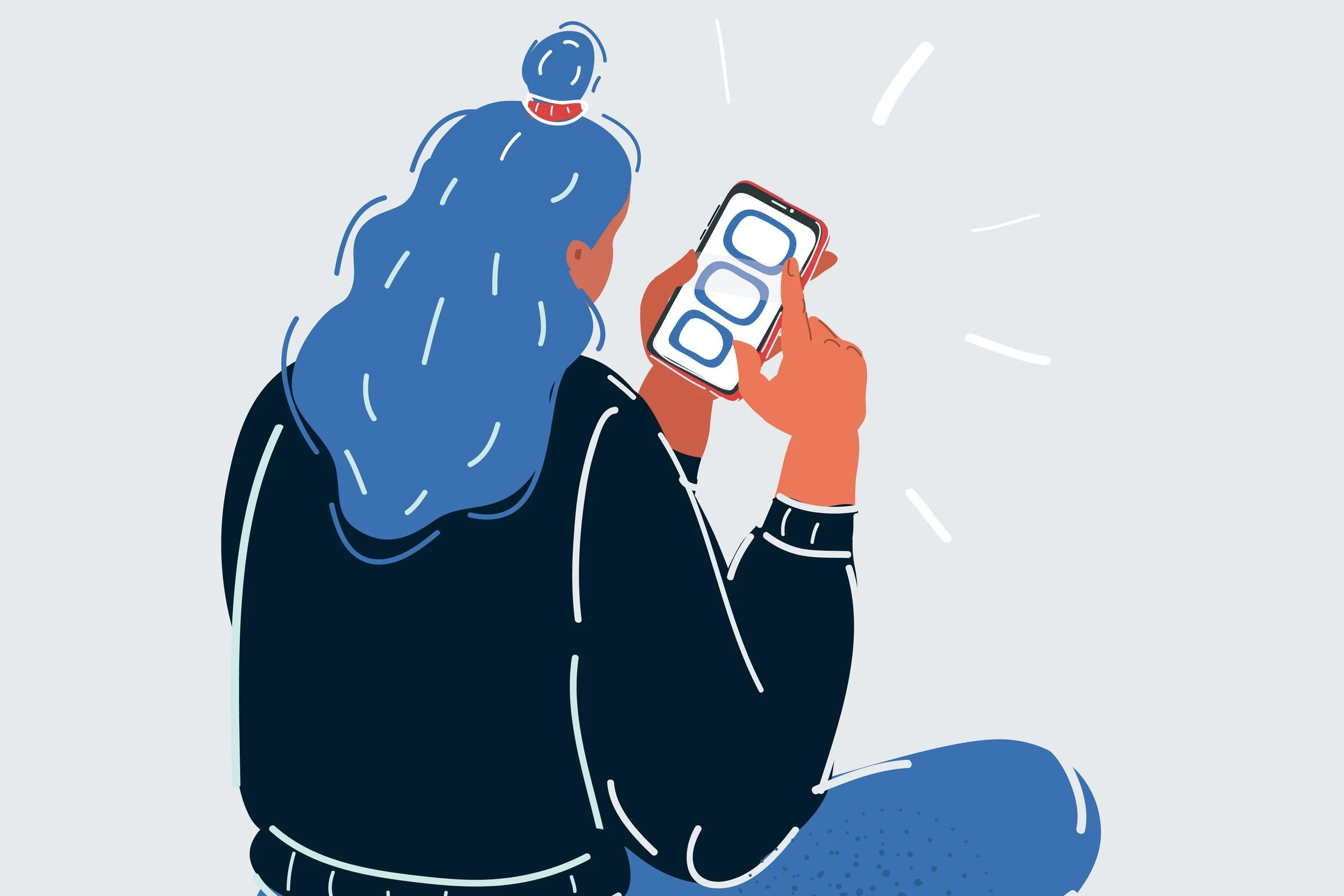That “Clean Eating” Trend is Glamorizing Eating Disorders
Hot girl summer is almost upon us, and ‘healthy diet,’ ‘weight loss,’ and ‘anti-obesity medication’ trend on Google Search worldwide as I write. It's no surprise the CDC reports half of Americans are attempting to lose weight.
Clean eating has become so trendy that in 2022, the hashtags for keto, calorie counting, vegan, and intermittent fasting were viewed 10.3 billion, 5.6 billion, 3.6 billion and 611.7 million times, respectively. These are incredibly staggering numbers, feeding off likes and shares to validate select healthful foods as “pure” and Gram-worthy as part of an overall influencer-esque aesthetic. It’s not as if burnt toast or my dog’s daily kibble will go viral. Those meals are better left off camera.
Social media impacts how we think about our relationships with food, and it can be dangerous.
Popular hashtags provoked clean eating trends which essentially gamifies restrictive diets through video challenges — like what-I-eat-in-a-day or 2021’s viral nature's cereal trend. What-I-eat-in-a-day videos subtly dictate an aspirational amount to consume per day. The videos normalize celebration and praise for those who publicly consume within the bounds of the pre-specified “healthy” foods and trends.
Nature’s cereal involved TikTokers sharing morning berry bowls with their milk or alternative of choice. But this does not promote a well rounded meal. This is volume eating — consuming a plateful of low calorie, high water content foods to trick the mind into telling the body it is full — a term I learned from plant based blogs when I was deep in anorexia nervosa.
The trend exemplifies two dangerous ideals. First, it implies carbs are unhealthy, when in fact they are essential to health and energy. Second, it correlates low calorie diets with a larger diet culture belief that equates thinness with health and beauty. That trend has dangerous implications for those like me who are susceptible to anorexia nervosa. What another person eats, and especially how much they eat, is irrelevant to me (and you!). Each person is unique in their intake needs, in respect to both the nutrient profile and overall volume.
But not everyone who eats “clean” does so to lose weight. Having knowledge about general nutrition can be helpful for a variety of factors, but diets themselves are inherently restrictive because they contain rules about what a person can and cannot consume. In turn, the person risks becoming malnourished or obsessed with food. To be clear, this can and does happen in people of all sizes - not just thin people.
Disordered eating is not new, it’s just packaged differently.
It’s no wonder 40% of women report their food intake and weight interferes with their happiness.
Even for people who don’t have full blown eating disorders, 3 in 4 women display disordered eating behaviors. This is a telling indicator of how harmful diet culture ideals are ingrained into the collective public psyche. Signs a diet is morphing into disordered eating include food rules becoming so rigid a person feels intense shame at the thought of certain foods. They will skip their son’s birthday treats, best friend’s wedding cake, or pass on grandma’s special recipe because they fear the butter or sugar within.
It’s estimated that four of ten dieters adopt compulsive behaviors and one will develop a full-blown eating disorder. It’s well-documented that eating disorder cases more than doubled during the pandemic. This is not a female-identifying exclusive problem. Unfortunately, the statistics for those who identify as men are not well-documented.
Another unmeasured and uncodified eating disorder is known as orthorexia. Not included in the DSM-V professionals use to diagnose mental illnesses, orthorexia involves compulsions around “pure” eating and abiding by strict food rules. These individuals are not as preoccupied with weight and body size as those with anorexia and bulimia nervosa. Instead they obsess about the healthfulness of their food, frequently removing increasing numbers of foods and food groups from their everyday food intake because they are not “healthy” enough. Orthorexia, and any eating disorder, can be developed in anyone, of any body size.
Sometimes this “clean” eating can develop subconsciously as a coping mechanism against a variety of anxieties, stressors, and trauma. That happened to me, and I know I’m not alone. From my recovered hindsight, it makes sense that food was a more tangible and palatable anxiety for my brain to ruminate over.
But butter and sugar are not the problem in the case of orthorexia. The voice is — the one that convinces a person their entire self worth is based on its rules. Whatever you want to call it, the eating disorder, the orthorexia, the clean eating guilt, the body image issues exacerbated by social media — they are all examples of the problem.
How can we know if “clean” eating is harming our mental health? Only in being honest with ourselves. Are we losing sleep tracking macros? Are we paralyzed with fear for a dinner plan weeks or days away? Are we skipping food choices that make our souls feel full? Then there may be a problem. And there’s no shame in reaching out for help.


